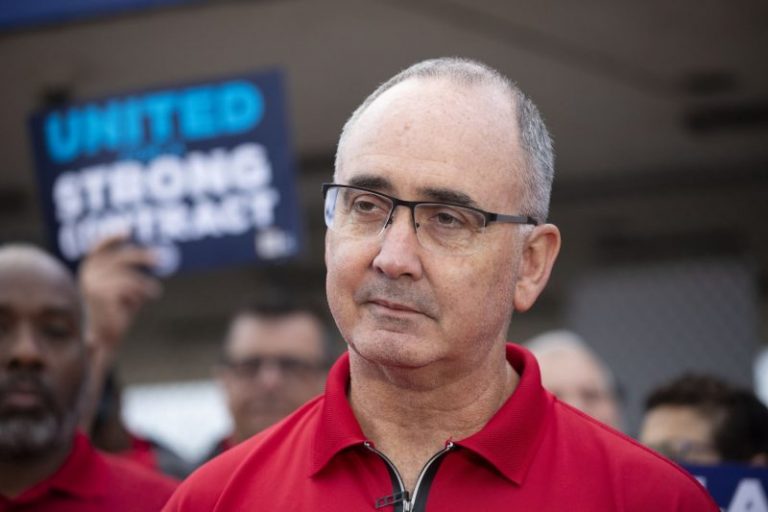In a recent turn of events, the United Auto Workers (UAW) have filed a challenge against Mercedes-Benz regarding the union vote that took place at the Tuscaloosa, Alabama, plant. This challenge comes after the results of the vote showed a narrow victory for those against unionization.
The UAW has requested the National Labor Relations Board (NLRB) to conduct a new election at the plant, citing various reasons for their challenge. This move has sparked a new round of debate and scrutiny over the unionization efforts at Mercedes-Benz and the overall labor landscape in the automotive industry.
One of the key issues raised by the UAW is the alleged interference and intimidation tactics employed by Mercedes-Benz and their anti-union consultants during the election process. According to the UAW, these tactics may have influenced the outcome of the vote and deprived workers of their right to freely choose whether to unionize or not.
Moreover, the UAW has also highlighted discrepancies in the eligibility of certain employees to participate in the union vote. They claim that some employees were wrongly excluded from the voting process, which could have potentially impacted the overall result.
On the other hand, Mercedes-Benz has denied these allegations, stating that they have conducted themselves in accordance with the law and have respected the rights of their employees throughout the unionization process. The company remains firm in its stance against unionization, citing concerns over the potential impact on their competitiveness and operations.
The outcome of this challenge remains uncertain, as the NLRB will need to review the evidence presented by both parties and make a decision on whether a new election is warranted. The case has once again brought to the forefront the complex dynamics between labor unions and employers, especially in industries where unionization efforts are contentious.
Regardless of the final decision, this challenge serves as a reminder of the ongoing struggles and power dynamics at play in the labor arena. It underscores the importance of upholding the rights of workers to freely decide on issues such as unionization without fear of coercion or intimidation.
As the case unfolds, it will be crucial to closely monitor the developments and the implications they may have not only for the workers at the Mercedes-Benz plant but also for the broader labor movement in the automotive industry. The final decision by the NLRB could potentially set a precedent for future unionization efforts and labor relations across different sectors.
In conclusion, the challenge filed by the UAW against Mercedes-Benz represents a critical moment in the ongoing debate over labor rights and unionization in the automotive industry. The outcome of this challenge will have significant ramifications for all parties involved and will shape the future of labor relations in the sector.



